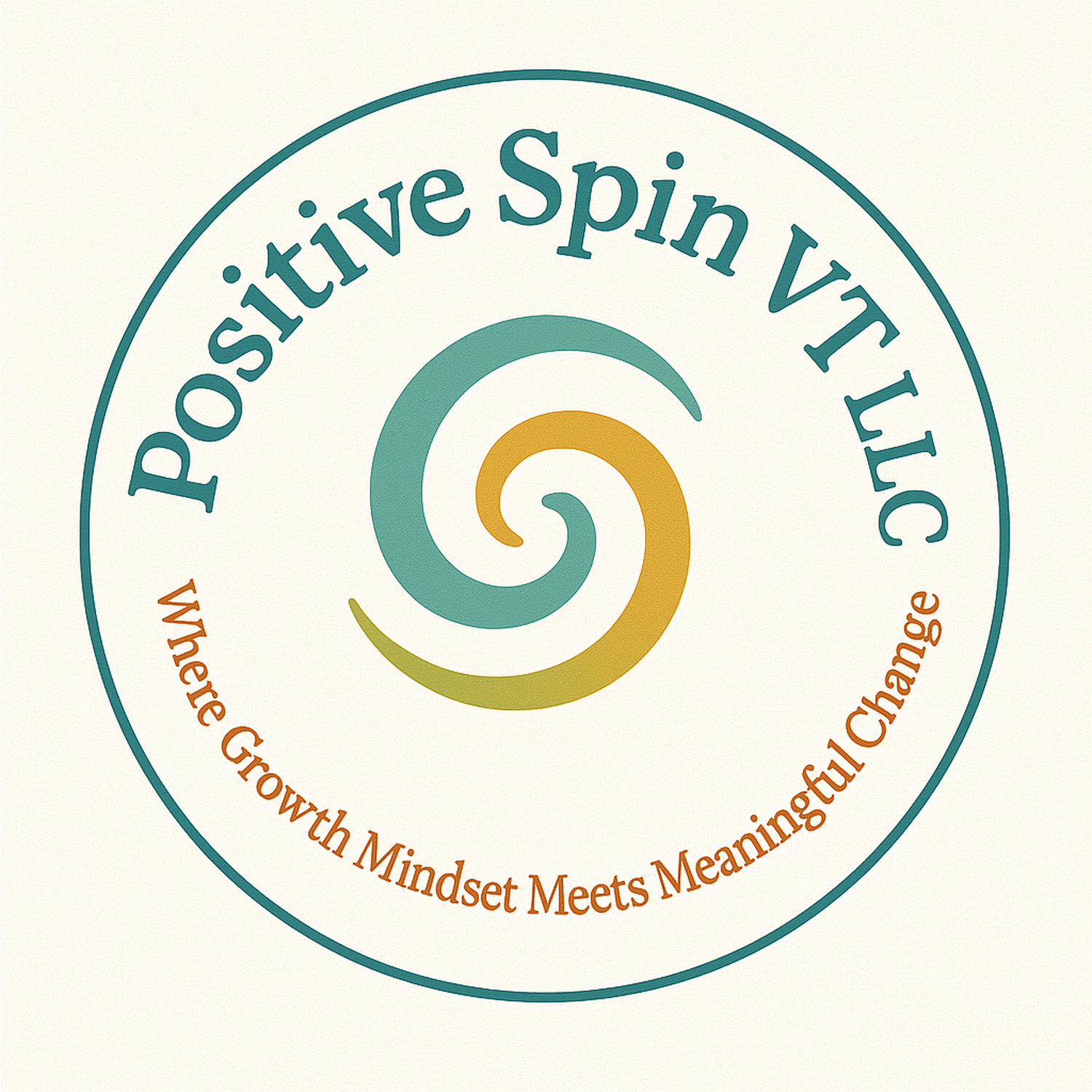Raising Children with an Attitude of Gratitude
Originally published in The Other Paper 2018
In an era that focuses on attitudes of self-entitlement, selfies, social media, and egocentrism, this month is about how to teach our youngest citizens to live with an attitude of gratitude all year round.
When we see what is happening in our political climate, how does a parent or caregiver begin with teaching gratitude? How can we break out of the negative cycle our mind might be in, so we can be the role model our children need to practice gratitude?
Negative thought cycles can be akin to a hamster wheel.
“Negative stimuli produce more neural activity than do equally intense (e.g. loud, bright) positive ones,” said author and psychologist Rick Hanson. “They are also perceived more easily and quickly. For example, people in studies can identify angry faces faster than happy ones, even if they are shown these images so quickly (just a tenth of a second or so) that they cannot have any conscious recognition of them. The ancient fight-or-flight limbic system of the brain will still get activated by the angry faces.”
Furthermore, Hanson relates the power of negativity and positivity on the brain, saying, “The brain is like Velcro for negative experiences, but Teflon for positive ones.”
Being grateful and showing gratitude is one way we can combat the negativity and stressors of holidays, family dynamics, and deadlines by creating new practices with our families. It is said that it takes 21 days to break a habit and 66 days to create a new one. Keep that in mind as you take baby steps toward changing your attitude. Showing gratitude can be as simple as keeping a gratitude journal that you write one thing each day. Giving children time to draw a picture or talk about what they are thankful for will help cement this practice for the family.
During the holidays it is easy for us to think about how we can incorporate ideas into the holiday season to show gratitude. But what about every single day? At bedtime, sharing your gratitude and having your child share theirs when saying goodnight is a positive way to end each day. Sharing thankfulness at dinner is a way to create dialogue, foster positivity, and active listening.
Young children are incredible, little human beings with brains that take in information like sponges. Connecting children with helping others through donating to the food shelf, volunteering time to help an elderly neighbor shovel their driveway, bring them a baked good, and showing overall kindness to others is how to model an attitude of gratitude for children.
We all know that life is hard. Everything is not always sunshine and rainbows. Think about changing it up, along with sharing great things, also share something that was challenging. By doing so, you, as the adult role model, display resilience. We are able to show children that even we, as the caregivers, face adversities and have challenges in our world. If we want to raise children that are problem solving, resilient, and thankful human beings, it has to start with us!
